Twists Vs. Dreads: Know the Differences And How To Choose
Unravel the elegance of twists or embrace the stunning dreads for a daring look!
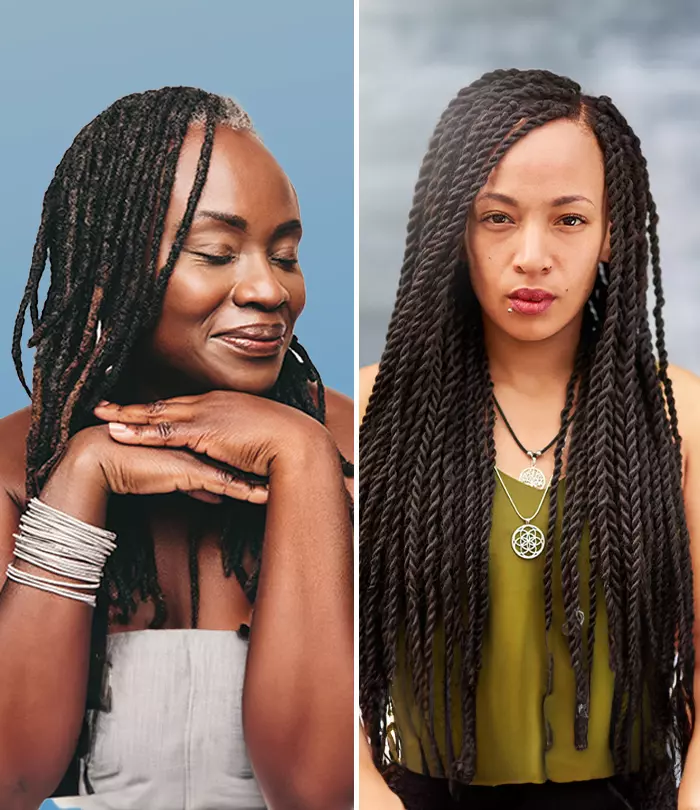
Image: Shutterstock
The debate over twists vs. dreads as protective hairstyles has been going on for some time now. It can be difficult to decide which one is best for you, but understanding the differences between the two can help. Twists, with their rope-like pattern, offer a versatile canvas for countless hairstyles, whereas dreads provide a timeless look with their textured strands. Both the styles share a rich history, intertwining various cultural traditions and personal narratives. In this article, we delve into the unique characteristics, key differences, and cultural significance of twists and dreads. Whether you wish to opt for the precision of twists or the organic elegance of dreadlocks, this guide will help you select the ideal hairstyle for yourself. So, keep reading!
In This Article
What Are Twists And Dreads?
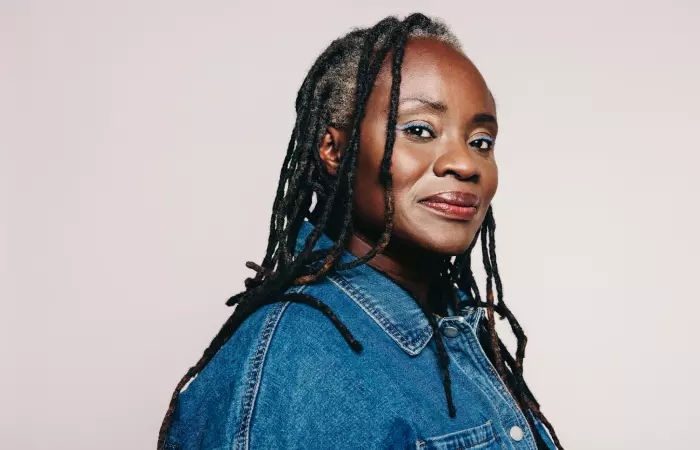
Twists and locs, or dreads are distinct natural hairstyles with cultural roots. Twists involve two strands of natural hair twisted together, offering versatility and a polished look. Locs (short for dreadlocks), on the other hand, result from hair strands matting and locking over time and embodying a deeper cultural connection. Both styles showcase a unique look that also allows individuals a diversity of hair expression while celebrating rich history. The creative twist hairstyle offers a rope-like appearance and exudes bold statement, while locs are known for their textured, disheveled strands, displaying a nonchalant charm. Both of these popular protective hairstyles promote hair health and growth due to minimal interference.
 Quick Tip
Quick TipKit, a blogger, shared her personal experience about getting dreadlocks. She talks about it in her blog post stating, “Today my wonderful dreads are two years old! Two years! It seems like I had them done yesterday and that they’ve always been there at the same time. We have an ongoing relationship of getting to know each other and I swear they change every day (i).” She further continues, “Only last night I was putting them into the scarf I wear at night and I spotted a skinny little dread I barely recognised! How do they do that without me noticing I wonder? But in the last six months I’ve become much more hands-on with my maintenance.”
But knowing the contrast between the two popular hairstyles can help you in settling on the one that is ideal for you. So, scroll down as we learn more about the key differences between twist and locs hairstyle in the next section.
Key Takeaways
- Twists intertwine two hair strands for a sophisticated look, while locs evolve from matted strands and offer cultural significance.
- Regular twists display a rope-like pattern, whereas dreads feature a textured, messy look.
- Before choosing between dreadlocks or twists you should consider factors like hair type, maintenance level, and length and size.
Twists Vs. Dreads – Know The Difference
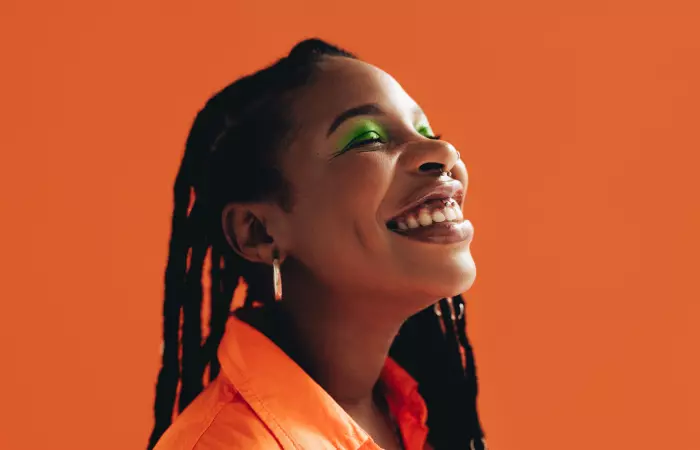
Understand the main differences between twists and dreads to decide on the most suitable hairstyle for yourself.
- Visual Comparison/ Appearance
Twists exhibit a sleek, rope-like elegance, while dreadlocks boast a textured allure with their matted strands. Each style offers a distinct visual appeal and can be donned for its uniqueness.
- Maintenance And Care
Twist hairstyles demand regular maintenance as well as twisting of the strands for a neat look.
Dreads can be more challenging as they require meticulous attention and hair care due to their matting.
- Cultural Significance
Twists have always symbolized social status, family background, and one’s tribe.
Dreadlocks are known for symbolizing dedication, spirituality, and lifestyle commitment in some spiritual practices. In Rastafarianism, they are considered sacred, linked to the covenant with God and Nazarites. In Jamaica in the 1930s, it was inspired by Biblical references such as ‘the hair of the Nazarite’. Rastafarians wear locs as a covenant with God and a rejection of Babylonian materialism.
Twists originated in African cultures, where hair styling has long been a form of social status. They often symbolized tribal affiliations, marital status, or age. The Maasai people have long worn dreadlocks, symbolizing strength and warrior status. They also served practical purposes like helping protect hair from harsh climates.
In the African diaspora, twists and dreadlocks represent a reclaiming of cultural identity. Since the 1960s and 70s, these hairstyles have become symbols of resistance to Eurocentric beauty standards, celebrating the natural texture of African hair.
- Creation And Installation
Twists involve coiling two strands together in a clockwise direction with a relatively straightforward process to achieve the look of rope-like hair.
The dreads form through natural matting or deliberate locking methods to create a textured appearance.
- Aesthetic And Versatility
There are numerous ways to style your kinky twists, such as top-knot buns, high ponytails, half-space buns, and scarf styles. This makes them a refined and versatile choice.
Dreads with their textured appearance offer a unique aesthetic and a more permanent look with limited styling options.
 Trivia
TriviaEven after being familiar with the basic differences between twists and dreads, you may be confused about choosing the one that is perfect for you. On that note, let us help you decide in the following section.
How To Choose Between Dreads Vs. Twists
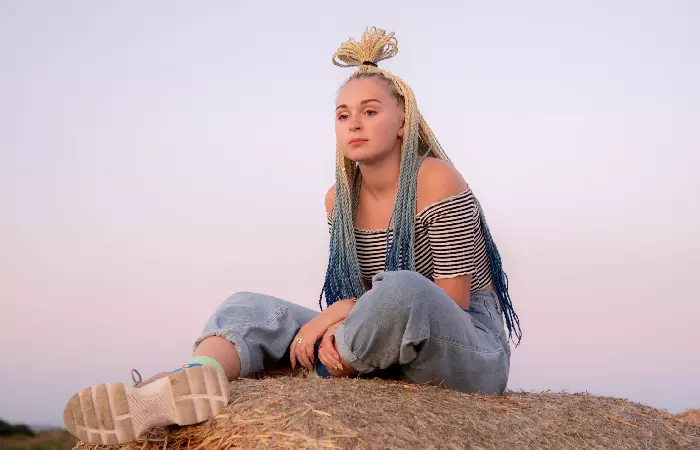
- Hair Type
Consider your hair texture and thickness before deciding on the hairstyle. Dreads or Dreadlocks go well with coarse, curly, and Afro-textured hair, while twists are suitable for various hair types, like curly, wavy, and straight hair.
- Length And Size
Dreadlocks often result in longer hair over time, whereas twists allow for more flexibility in length and size.
- Commitment
Dreadlocks require a long-term commitment and are not ideal for individuals who get bored of looks easily. Twists on the other hand, offer more flexibility for change and countless hairstyle options.
- Maintenance Routine
Dreadlocks and twists have their different maintenance levels with locs demanding more attention and overall care. While twists need daily grooming and proper maintenance for a neat look, dreadlocks require more work due to their matted texture. Moreover, dreads are prone to build-up hence keep them clean more often is required.
- Styling
Hair styling is also a factor when choosing between these hairdos. Twists are relatively versatile. You can go for playful looks and even add stylish accessories to your hair. On the other hand, dreadlocks have a consistent look. They add immensely to the gravity of your look, but you need to stick with the same look as long as you have it. However, that doesn’t mean you can’t style it! Adding a scarf or a headband can make it look more lighthearted. Reflect on what you like fashion-wise and choose your hairstyle accordingly.
However, you may seek advice from a hairstylist who has experience in both styles. A professional can provide ideal insights based on your hair type, texture, and lifestyle.
Choosing between dreadlocks and twists boils down to a combination of personal style, hair characteristics, and lifestyle considerations. While dreads offer a more distinct, bold look, twists provide versatility and flexibility in styling. There are various types of twists, such as Senegalese and Marley twists. Factors like hair texture, commitment level, and cultural considerations also play pivotal roles in the decision-making process. But whichever hairdo you wish to go ahead with both the styles can be beautiful expressions of individuality and allow for personalized aesthetics.
Frequently Asked Questions
How long does it take for twists to turn into dreads?
The transition from twists to fully formed dreadlocks typically takes several months to a year, depending on the individual’s hair type, maintenance, and simply how fast your human hair naturally locks and matures.
Is it better to start locs with coils or twists?
Choosing between starting locs with coils or twists depends on hair type and personal preference. Coils suit tighter curl patterns, while twists are versatile for various textures and offer a unique aesthetic.
What are the advantages and disadvantages of starting your locs with two-strand twists?
Starting the locs with two-strand twists can help give the hairdo a robust internal foundation and create bold, thicker locs. However, one downside is that the lines from the twists may persist for 6 months to 2 years before achieving a seamless appearance.
How long should you keep your twist in with dreads?
You should maintain your twists for 2-4 weeks when starting with dreads. Regular maintenance is also crucial for a neat and well-defined look.
Can twists or dreads be washed regularly?
Yes, you can indulge both styles in regular washing but ensure not to over-wash to prevent excessive dryness. Use a residue-free shampoo and other lightweight products and thoroughly dry your hair after washing it with a hair dryer to prevent skin infections or odor.
Can twists or dreads be colored or dyed?
Yes, twists and dreads both can be colored or dyed. Simply ensure the products are suitable for textured hair and maintain proper hair care post-coloring for optimal results.
If you have finally decided on adorning the traditional yet trendy dreadlocks then you might want to know how you can start making one! Check out the video below that discusses 6 ways you can start a dreadlock along with a demonstration.
Personal Experience: Source
StyleCraze's articles are interwoven with authentic personal narratives that provide depth and resonance to our content. Below are the sources of the personal accounts referenced in this article.
(i) Happy 2nd Birthday!
https://kitsdreadjourney.wordpress.com/
Read full bio of Laura Dale
Read full bio of Pahul Nanra
Read full bio of Asmita De
Read full bio of Aparna Harry





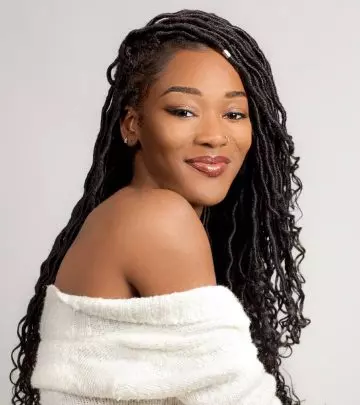
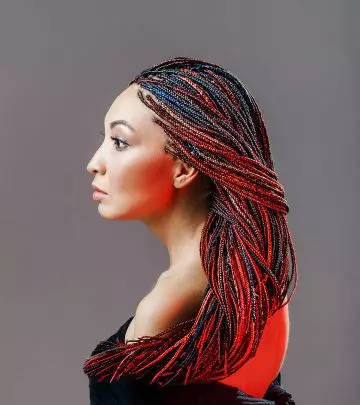
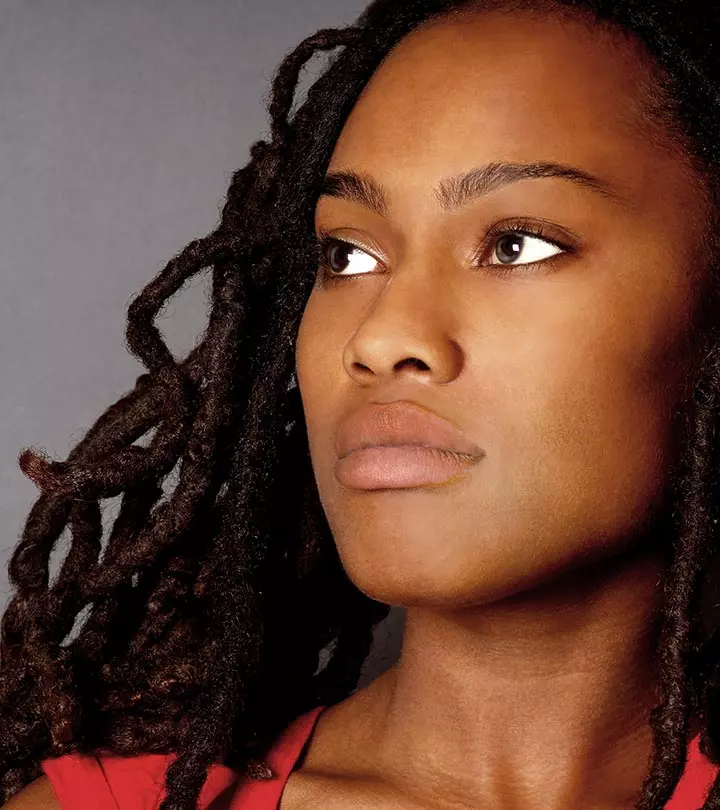
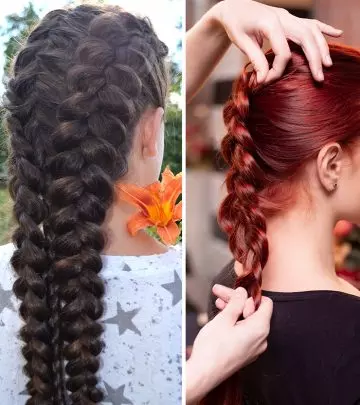
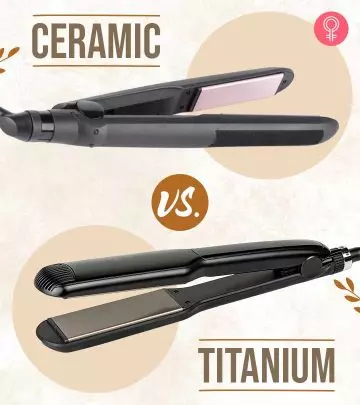
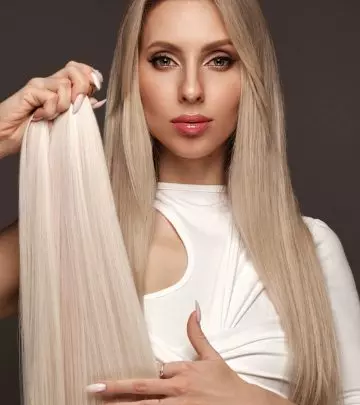

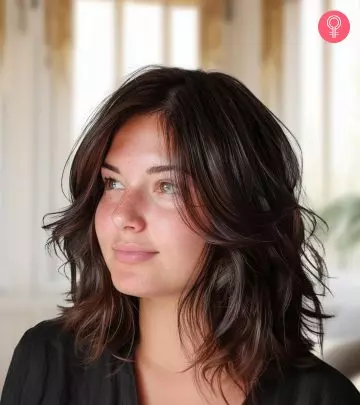
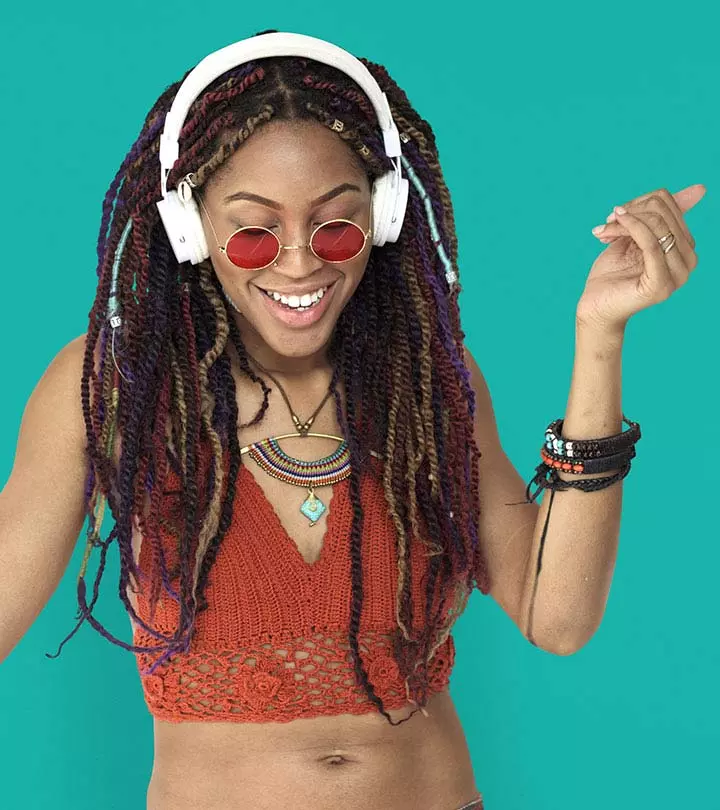
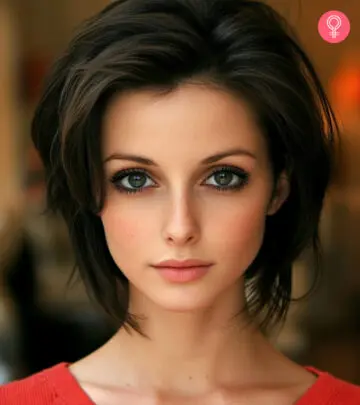


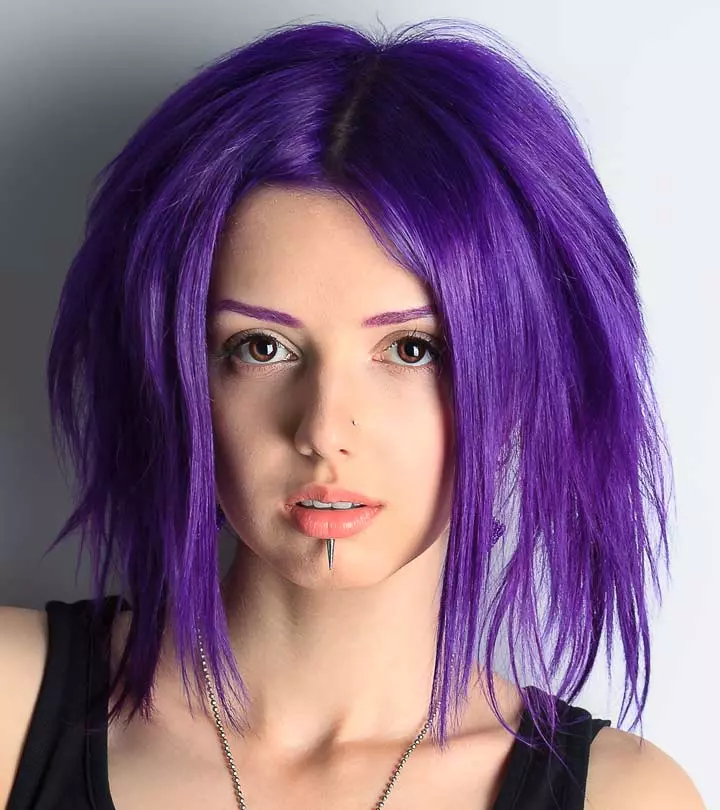

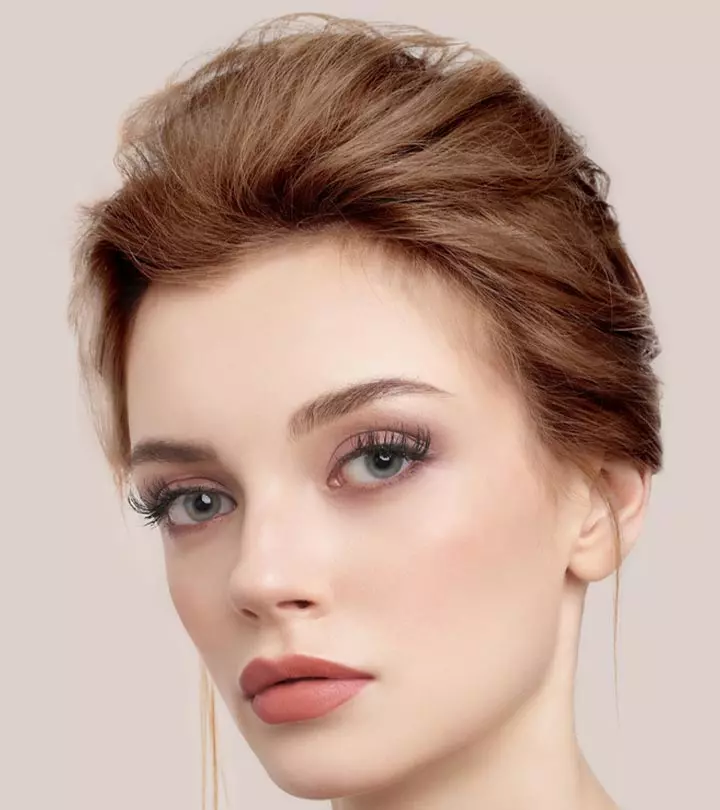
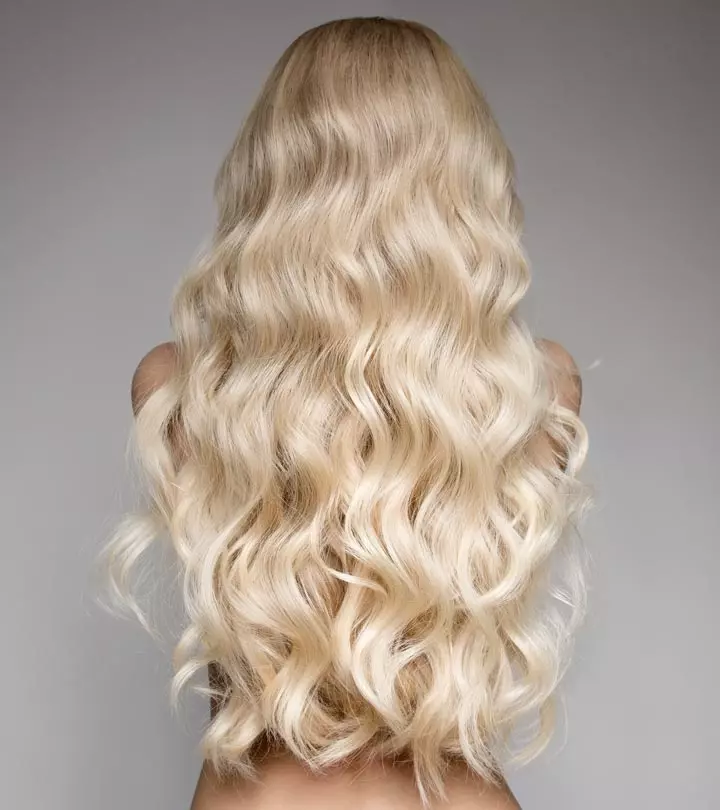

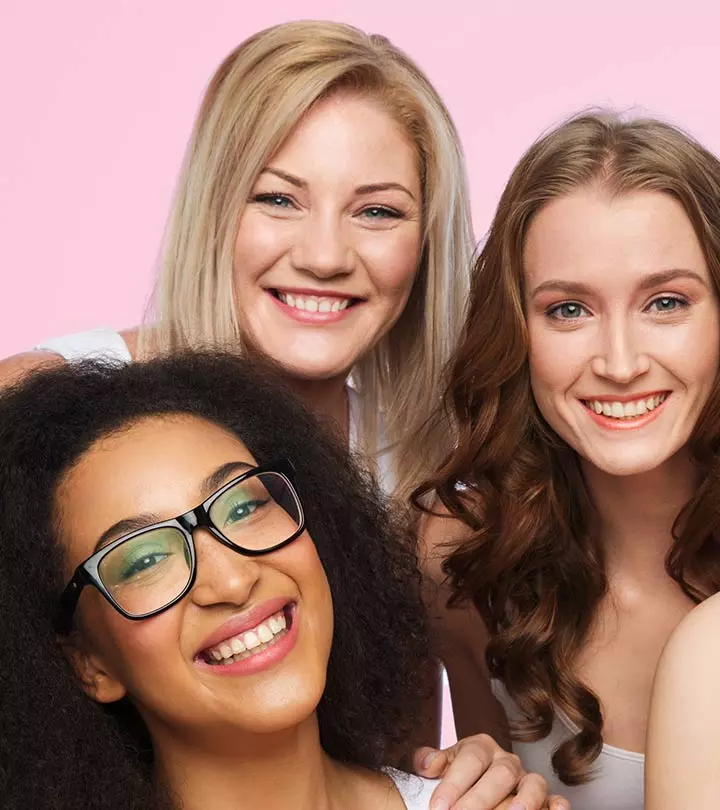
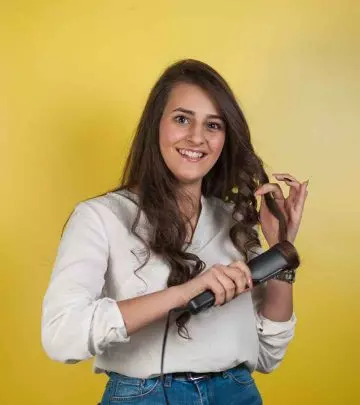
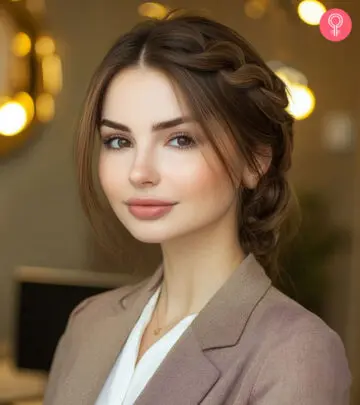

Community Experiences
Join the conversation and become a part of our empowering community! Share your stories, experiences, and insights to connect with other beauty, lifestyle, and health enthusiasts.